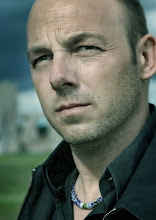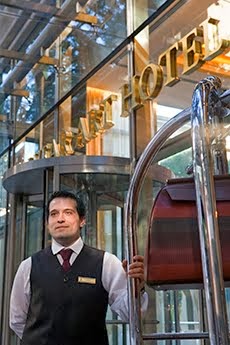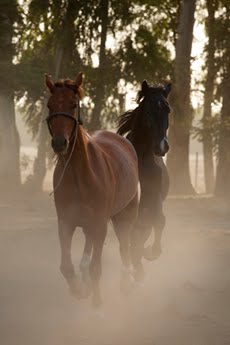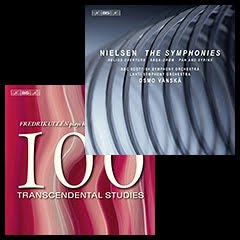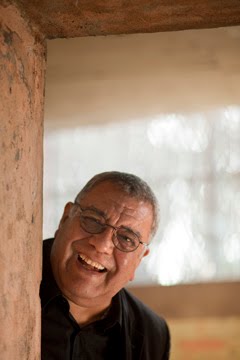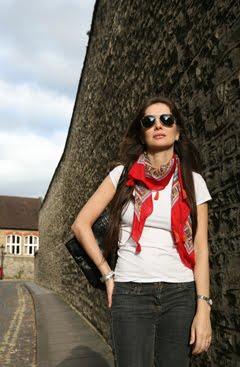Kathryn Stott: Solitaires (BIS SACD 2148, also available as 24/96 hi-res download from eclassical.com)
I like recital recordings. Some people don’t. Some prefer an album to be devoted to a sole composer. Though I understand this approach and have enjoyed hundreds of solo piano recordings dedicated to explore the works of a certain composer, I find it refreshing to listen in a different way. Therefore, I think it is interesting to be exposed to a concept instead, to be invited to underpin various works that might share some connections not immediately evident at first hearing. This album is such a recording. The title refers to the “solitaire”, a singly mounted diamond, especially on a ring, as Jean-Pascal Vachon explains in the liner notes. This metaphor is used in this case to represent the radiance and elegance of French piano music and also the fact that this music is isolated from the history of music in general and unique in the context of each composer’s oeuvre.
I would like to say that this recording does not come as a surprise for me as the artist, Kathryn Stott, has been always extremely curious and courageous regarding the music she likes to investigate and record. A glance at her discography shows a very diverse selection of composers: Gabriel Faure, John Foulds, Erwin Schulhoff’s, Peter Maxwell Davies, Michael Nyman, Delius, Graham Fitkin, besides her duos with Yo-Yo Ma exploring diverse repertoire and with Christian Poltera on specifically Swiss composers such as Martin and Honneger. Her interest in obscure and intriguing pieces is a rare quality we music lovers should be grateful for. So this is not her fisrt recording I enjoy and will certainly won’t be her last.
I like recital recordings. Some people don’t. Some prefer an album to be devoted to a sole composer. Though I understand this approach and have enjoyed hundreds of solo piano recordings dedicated to explore the works of a certain composer, I find it refreshing to listen in a different way. Therefore, I think it is interesting to be exposed to a concept instead, to be invited to underpin various works that might share some connections not immediately evident at first hearing. This album is such a recording. The title refers to the “solitaire”, a singly mounted diamond, especially on a ring, as Jean-Pascal Vachon explains in the liner notes. This metaphor is used in this case to represent the radiance and elegance of French piano music and also the fact that this music is isolated from the history of music in general and unique in the context of each composer’s oeuvre.
I would like to say that this recording does not come as a surprise for me as the artist, Kathryn Stott, has been always extremely curious and courageous regarding the music she likes to investigate and record. A glance at her discography shows a very diverse selection of composers: Gabriel Faure, John Foulds, Erwin Schulhoff’s, Peter Maxwell Davies, Michael Nyman, Delius, Graham Fitkin, besides her duos with Yo-Yo Ma exploring diverse repertoire and with Christian Poltera on specifically Swiss composers such as Martin and Honneger. Her interest in obscure and intriguing pieces is a rare quality we music lovers should be grateful for. So this is not her fisrt recording I enjoy and will certainly won’t be her last.
To the music now. Jehan Alain’s short “Prélude et
fugue” open the disc. The first one is a brilliant sounding piece reminiscent
in a way of Rachmaninov for the first bars. Then it suggests Messiaen’s slow,
contemplative works like the one that closes the recital. This grand sounding
composition pays debt to the fact that the composer’s main output is for organ.
We may easily have the feeling of listening to an organ in the soft, rumbling,
slow notes present along this piece. The Fugue is a whole different kind of
animal: hectic, impulsive, it brings contrast to the previous one and opens up
the sonorities of the piano, ending in a question.
Dutilleux’s “Piano sonata” is the latest piece
from a chronological point of view. This
three-movement composition is from his transitional period but shows the
hand of an accomplished composer and we may listen already to his original
voice. His music pays debt to previous composers like Faure, Debussy and Ravel
in its sonorities but has a particular character. I feel, like in his cello concerto
and symphonies, a sensual, dreamlike atmosphere pulsated by lyrical moments not
far from Poulenc’s concerto for two pianos and again Messiaen. The second
movement (lent) is exemplary in this sense. Stott plays these three movements
with amazing dexterity and expression, taking full advantage of the sound of
this rich Steinway D in the context of the beautifully sounding recording venue
that is Hallé St Peters.
Stott takes us then into more familiar territory
with the beautiful “Le Tombeau de Couperin” by Maurice Ravel, a sort of hommage
to the 18th century French music in general. This tour de force of
delicacy and radiance was the last work he composed for solo piano and as usual
with Ravel shows a complete command of the piano resources, with varied metrics,
always inventive ideas and surprising changes. Though we are more familiar with
the orchestrated version, I find this one (just like happens with Moussorgsky’s
“Pictures at an Exhibition”) to be the most powerful. Stott’s performance is
outstanding, with the transparency and liveliness needed to bring this pieces
alive. Used as I was for years with the Gramophone-Awarded set by Jean-Yves
Thibaudet I had no trouble at all in getting acquainted with this new
performance which I find crystalline, rhythmically alert and gracefully played.
Finally, “Le Baiser de l’Enfant-Jésus” is
Messiaen at his most contemplative and mystic. Just as with the Alain’s “Prelude”,
Messiaen’s slow piece could also be played on the organ and reminds me of the
un-worldly strings of, say, his “Eclairs sur l’Au-Delà” for orchestra. This
extremely slow movement with floating harmonies proves to be a proper way to
close this exploratory recital.
I wish to mention the natural sound of the piano captured
in Manchester by Hans Kipfer (Take 5 Music Production). The extended dynamic
range added by the high resolution recording (either in the SACD release as in
the high-res download) makes this release a highly recommended one.
©Juan Hitters, 2015

